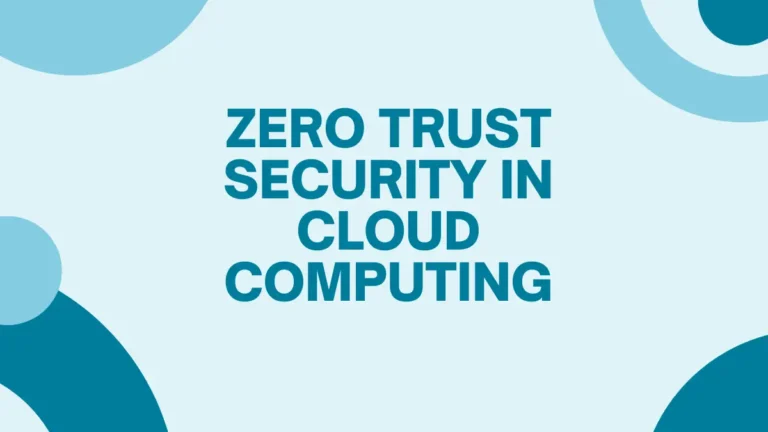Companies are migrating to the cloud in droves to reap multiple benefits. As any IT professional will tell you, when done right, cloud migration can reduce your costs, improve cybersecurity, offer flexibility and scalability, simplify management, and allow you to experiment and innovate more easily.
But mistakes can happen, and they can be costly. Cloud migration blunders can lead to data loss, operational issues, inefficiencies, and other issues. Fortunately, you can avoid many of these problems by taking a pre-emptive approach. With the right strategies in place, your organization can reap all the benefits of cloud migration. Also Read about beginner’s guide to using cloud computing technology.
Mistake #1 Bad Budgeting
The long-term benefits of cloud migration are significant, but the process can be pricey, especially if you face unexpected delays. Before you begin your cloud migration journey, analyze the cost and time requirements.
Mistake #2 Ignoring Experts
Take the time to find the best cloud migration services that can help you seamlessly migrate to the cloud. A good team will offer excellent services, a realistic timeframe, and walk you through the process. Here are some signs of a top cloud consulting services company:
- Expertise: Your IT solutions provider should have a team of highly qualified professionals. Additionally, the company must have years of experience with cloud migration.
- Reputation: Look for a renowned team that works with technology leaders like Microsoft, Google, Proofpoint, LogicMonitor, CloudCheckr, Alert Logic. Additionally, check their list of clients for prominent businesses that vouch for their services.
- Custom solutions: Your organization’s needs require a customized approach. Your IT partners should analyze your situation and offer a tailor-made solution.
- Comprehensive service: Look for a company that provides many products, so you can select as much or as little as you need.
- Customer service: Mistakes can happen, even with professionals on your side. That’s why you must partner with a cloud migration team that offers the best and most responsive technical support.
Mistake #3 Rushing the Process
Cloud migration can take anywhere from months to over a year. It can be a long and complex process. Don’t rush it if you want to get it right. For example, if you encourage your IT administrators to move data and applications from your physical infrastructure to the cloud without any optimization to save time, you may run into problems and inefficiencies later.
The best way to do it is to start with smaller datasets and less essential applications. As you gain familiarity with the process, you can move on to more critical resources. The right strategy is the key to success.
Of course, you can also lift-and-shift if you’re in a rush. But you should still customize your configurations, monitoring, and security as required.
Mistake #4 Forgetting Security
While cloud migration can result in greater data security, your organization can be vulnerable to cybersecurity threats if you go in unprepared. Setting up configurations with the right security protocols from the beginning is essential.
Mistake #5 No Post-Migration Strategy
Even after migrating to the cloud, you may need professional support with your data and applications. Develop a support strategy to ensure you’re not caught unawares. Your staff should also have the training to understand how their responsibilities may differ and vary on the cloud.
Cloud migration can be exceptionally rewarding for modern organizations. But like any major pivot, it requires planning.




